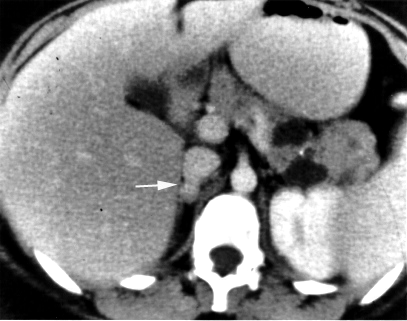| Thyroid neoplastic disease | Patient will present as → a 45-year-old female who comes to your clinic with complaints of a gradually enlarging lump in her neck over the past six months. She mentions occasional difficulty swallowing and a hoarse voice that comes and goes. She also reports feeling more fatigued than usual and sometimes feeling unusually warm. Medical history is significant for her mother, having undergone thyroid surgery in her 50s, though the exact details are unknown. On examination, a firm, non-tender nodule is palpated on the right lobe of the thyroid gland. The patient’s reflexes are brisk. An ultrasound of the thyroid reveals a 3 cm hypoechoic thyroid nodule with calcifications, and a thyroid uptake scan shows decreased iodine uptake of the nodule compared to surrounding tissues. Hoarse voice, solitary cold nodule on thyroid uptake scan
Diagnostic studies:
Treatment: Surgical resection
|
| Adrenal tumors/neoplastic disease | Patient will present as → a 43-year-old female with high blood pressure unresponsive to therapy. She complains of headaches, palpitations, and sweating. She has a history of neurofibromatosis type 1, though without any neurological deficits. She has multiple café-au-lait spots on her body. The ECG demonstrates sinus tachycardia. She is found to be hypertensive to 154/121 mmHg. Her 24-hour urine metanephrines and VMA come back elevated. Her abdominal CT demonstrates an adrenal mass. Pheochromocytoma
Diagnosis:
Treatment:
|



